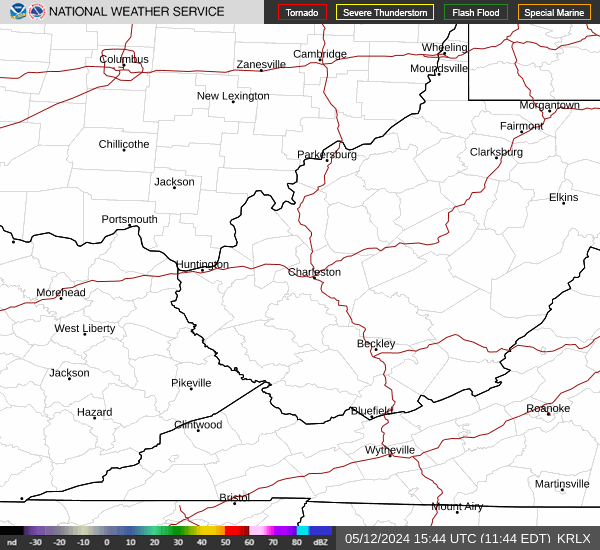Issued: 12am on Thursday, January 1st 1970
Technical Forecast Discussion
Short term (Wednesday 9/12 through Saturday 9/15)
General ridging accompanied by high pressure to the east will create drier conditions early on. Cloud cover will only slightly decrease as what remains of Gordon will be apart of a stationary front off to the east. As hurricane Florence moves into the east coast, the stationary front will be pushed northwest near the region. Precipitation is not likely as of now, but clouds will remain as mid level moisture is pushed into the region. The stationary front will slowly decay on Thursday as it is taken over by Florence, but some moisture looks to become trapped up the upper level ridge that continues to develop. Clouds will decrease the upper atmosphere stabilizes. Thursday will be somewhat humid due to moisture hanging around, but the day should be relatively clear. Friday will be relatively the same. Some CAPE that develops in the early evening could produce an isolated shower, but chances are unlikely. On Saturday, a upper level trough is evident to the west, but conditions calm as ridging will still be over the region until around late Sunday.
Long term (Sunday 9/16 through Wednesday 9/18)
Sunday will be humid with cloud cover relatively clear. Diurnal heating could lead to localized convection, but CAPE is near nonexistent, so precipitation is unlikely and would be isolated in nature. Florence will begin to affect us on late Monday as the cyclone begins to curve towards the Appalachians. Current forecasts show the hurricane finally moving inland on Sunday and curving towards the north. The post-tropical cyclone will begin to affect the southeast portion of Ohio. QPF rainfall totals are hazy as of now since it is the exact angle the cyclone will approach the region. The Appalachians could play an important role by drying out most of the precipitation. If Florence comes in from a more westerly direct, then it could by pass most of the mountains. This would lead to more moisture available that would pose a threat for heavy rainfall.




